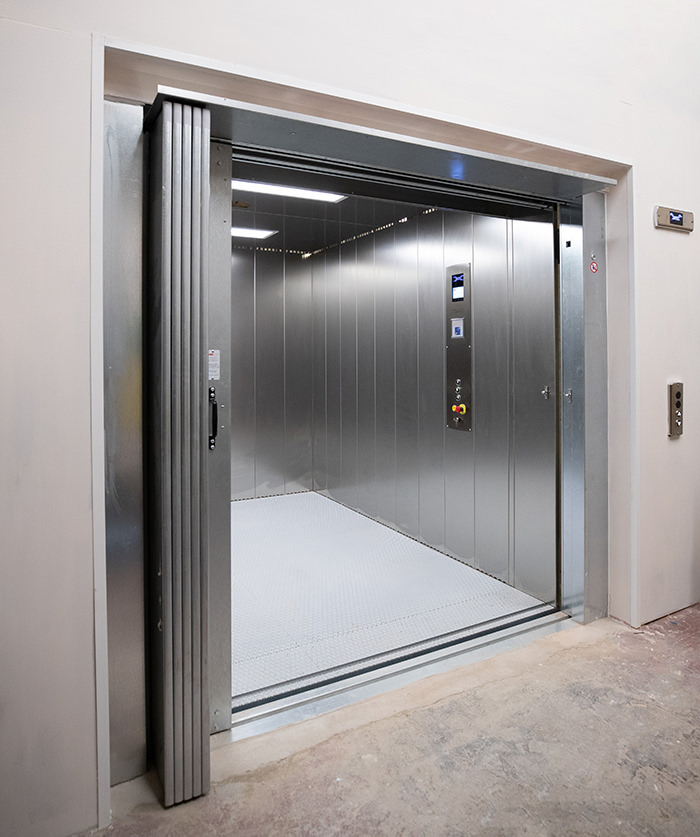Leading Lift Companies in London: Offering Quality Installations and Maintenance
Leading Lift Companies in London: Offering Quality Installations and Maintenance
Blog Article
Digging Into the World of Lifts: Typical Issues Encountered by Different Lift Mechanisms
As we browse with the upright transportation systems of contemporary structures, elevators stand out as a crucial component of our everyday lives. From hydraulic lifts to traction systems and machine-room-less layouts, each lift type comes with its collection of common issues.
Hydraulic Lifts
Hydraulic lifts, often liked for low-rise structures, use fluid stress to control the movement of the elevator cars and truck (lift repair companies). This mechanism includes a hydraulic pump pressing oil right into a cyndrical tube, causing the elevator to move in the preferred instructions. While hydraulic lifts are understood for their smooth and quiet operation, they do include their own collection of common problems
One common issue with hydraulic lifts is oil leak. Furthermore, problems with the control system, such as defective valves or a malfunctioning pump, can cause disruptions in the lift's movement.
Regular upkeep and punctual repair services are essential to ensure the smooth performance of hydraulic lifts. By dealing with these usual issues proactively, building owners can lessen downtime and make sure the safety and performance of their upright transportation system.
Traction Lifts
When thinking about vertical transport systems in structures, another usual kind aside from hydraulic lifts is the grip lift. Traction elevators run utilizing a system of ropes and counterweights that relocate the elevator car by clutching onto the hoist ropes. This device enables for smoother and faster upright transportation contrasted to hydraulic systems.
One of the usual concerns dealt with by grip elevators is rope wear. The constant motion of the ropes within the traction system can lead to tear and put on in time, potentially triggering the elevator to malfunction or come to be risky for use. Normal assessments and maintenance of the ropes are necessary to guarantee the lift's correct performance and safety.
One more concern that traction lifts may come across is connected to the control system. Issues with the control system can bring about issues such as unpredictable activity, delays in action times, or also full shutdowns. Normal testing and maintenance of the control system are critical to avoid such problems and make certain the elevator's integrity.
Machine-Room-Less (MRL) Elevators

Among the key components of MRL lifts is the portable gearless traction machine that is mounted within the hoistway. This equipment successfully drives the lift auto without the requirement for bulky tools found in typical grip elevators. Furthermore, MRL elevators commonly utilize a counterweight system to stabilize the vehicle, more improving their power effectiveness.
Regardless of their advantages, MRL lifts might face difficulties connected to repair and maintenance as a result of the confined area for tools installation. Ease of access for servicing elements within the shaft can be restricted, calling for specialized training for specialists. Appropriate upkeep routines and normal inspections are vital to make certain the ongoing smooth operation of MRL elevators.
Overloading and Weight Limit Issues
Straining and weight restriction concerns are essential problems in lift operations. Elevator manufacturers design raises with details weight capabilities to make sure traveler safety and tools long life.
When lifts are overwhelmed, it puts excessive pressure on the electric motor, cable televisions, and other elements, possibly triggering malfunctions or breakdowns. If they find excess weight, security mechanisms such as sensing units and visit this web-site overload sensors are in area to stop elevators from relocating. In addition, surpassing weight limits can bring about enhanced power intake and deterioration on the lift system.
To minimize overloading issues, building supervisors must prominently show weight limits in elevators and educate passengers on the significance of sticking to these restrictions - lift repair companies. Normal maintenance checks by certified service technicians can also assist make certain that elevators are running within safe weight specifications. By resolving overloading and weight limitation concerns proactively, structure owners can boost elevator security and efficiency
Electrical System Failures
Surpassing weight restrictions in elevators can not only result in mechanical concerns but additionally possibly add to electrical system failings within the lift framework. Electrical system failures are a critical worry in lift procedure, as they can cause unforeseen closures, malfunctions, or also security threats. One common electrical issue is the overheating of elements due to excessive present circulation triggered by straining the elevator beyond its capacity. This can result in damage to the electric motor, control, or circuitry systems, leading to expensive repair services and downtime.
Moreover, power rises or fluctuations in the electric supply can additionally interrupt the elevator's operation, affecting its performance and safety and security. These electric disturbances can damage delicate lift elements such as control panels, circuit boards, or sensing units, bring about system failings. Regular upkeep and inspections are critical to identify and deal with possible electric problems quickly, guaranteeing the safe and reliable procedure of elevator systems. By read this article sticking to weight limitations and carrying out regular electrical system checks, structure owners can reduce the danger of electrical failures in lifts.
Conclusion

Hydraulic lifts, typically liked for low-rise buildings, use fluid pressure to manage the movement of the elevator vehicle.When considering upright transport systems in structures, an additional common kind aside from hydraulic elevators is the traction elevator. Traction lifts operate utilizing a system of ropes and weights that relocate the elevator vehicle by gripping onto the hoist ropes. Unlike typical elevators that require a different maker area to house the devices, MRL elevators integrate many of the components within the shaft, eliminating the demand for a devoted equipment room.In final thought, elevators face typical concerns such as hydraulic breakdowns, traction system failures, and electric system issues.
Report this page